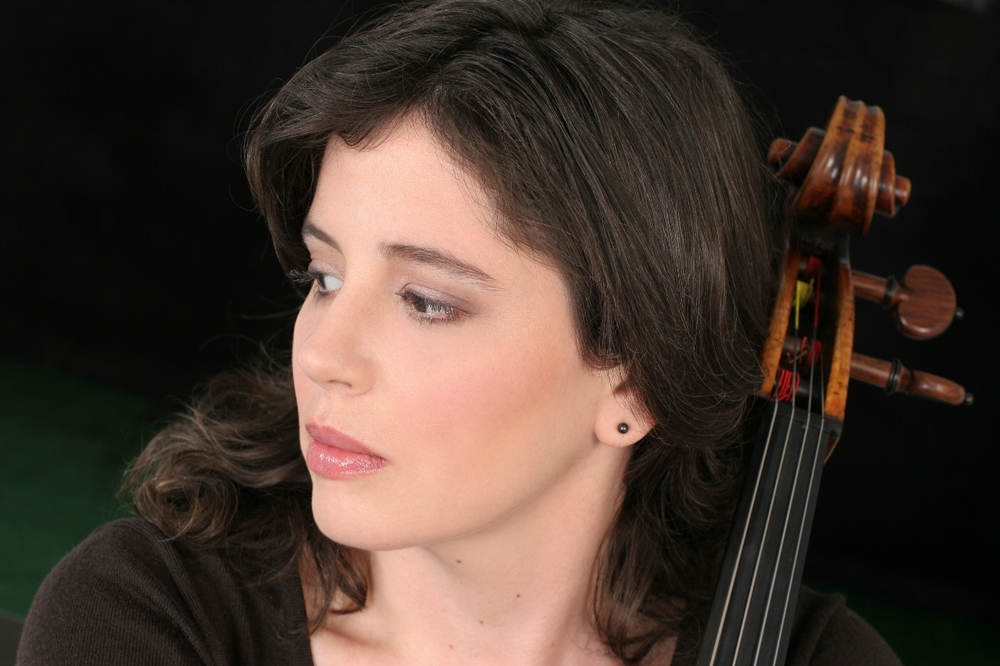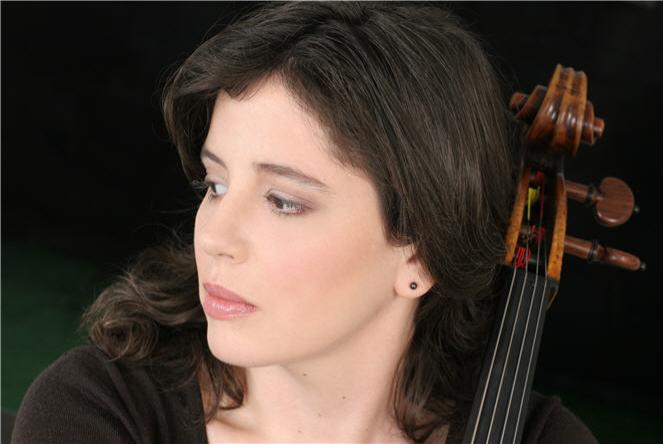The Franchomme Project
Louise Dubin, Saeunn Thorsteinsdottir, Katherine Cherbas, and Julia Bruskin, cellists; Hélène Jeanney, pianist
John Street Church, New York, NY
September 19th, 2015
The compositions of Auguste Franchomme are undergoing a huge revival, thanks to the cellist Louise Dubin. The first concert in New York which celebrated the Franchomme Project CD release was on September 19th. The second will be Sunday, September 27th at 2pm.
Auguste Franchomme (1808-1884) was the most renowned French cellist of his time. He studied both cello and composition in Lille, and he became an important musical figure in Paris, where he befriended Chopin. The two remained very close, and Chopin’s late work, the Sonata for Piano and Cello, Op. 65, was dedicated to Franchomme. Until recently, most of Franchomme’s compositions were out-of-print and have never been recorded. Cellist Louise Dubin’s doctoral thesis on this 19th century cellist-composer has inspired several projects, including performances in France and the U.S., and music lectures at NYU and other universities. A volume of Franchomme’s compositions introduced by Ms. Dubin is to be published by Dover in November, 2015. The Franchomme Project CD—the Delos/Naxos album being celebrated this month— features many premiere recordings of his works. The album was chosen by San Francisco’s classical music station KDFC-FM as “CD of the week” in the week of its release (officially released on September 11, 2015). St. Paul’s Chapel, which housed and aided many of the injured on 9/11, is the location for the next Franchomme concert on September 27th.
Ms. Dubin has done remarkably well with this project, shedding light on this important, influential musician. She is as fine a performer as she is a scholar. She plays with a robust, lush sound, yet blends impeccably with her co-artists, the excellent cellists Saeunn Thorsteinsdottir, Katherine Cherbas, Julia Bruskin, and the marvelous pianist Hélène Jeanney. They all gave stellar performances on September 19th at John Street Church; the intonation, balance, vibrato, voicing and interpretation were all unified. Although the entire program was enlightening and immensely enjoyable, the Chopin/Franchomme pieces for cello quartet—transcribed by Ms. Dubin from manuscripts—were special highlights of the evening. In these cello quartet arrangements, the full, glorious range of the cello is conveyed. Lucid details and ornaments are loyal to the originals. The Marche funèbre from the second piano sonata was haunting and ominous as one usually hears in the piano original, but with four cellos, it was rugged, rich and lyrically soulful in a way that might persuade an individual to want to choose this sonority over the sound of the piano. The Ballade No. 2, Op.38 was given an elegant, lilting and sweet performance; it was repeated as an encore. The last harmonic, which Ms. Dubin slightly missed and could have been perceived as a grace note in the first rendering, was now perfect and recording-ready—in case the concert’s live recording was one of the intentions for the repeat encore. The obvious reason for the Ballade as an encore was that the audience loved it the first time. The tempo was more flowing when they repeated it, and I enjoyed it more the second time.
Go to the September 27th performance and get the recording. Justice has been served to both Franchomme and Chopin.
For more information about this upcoming concert, as well as Franchomme and the recording, visit www.louise-dubin.com


